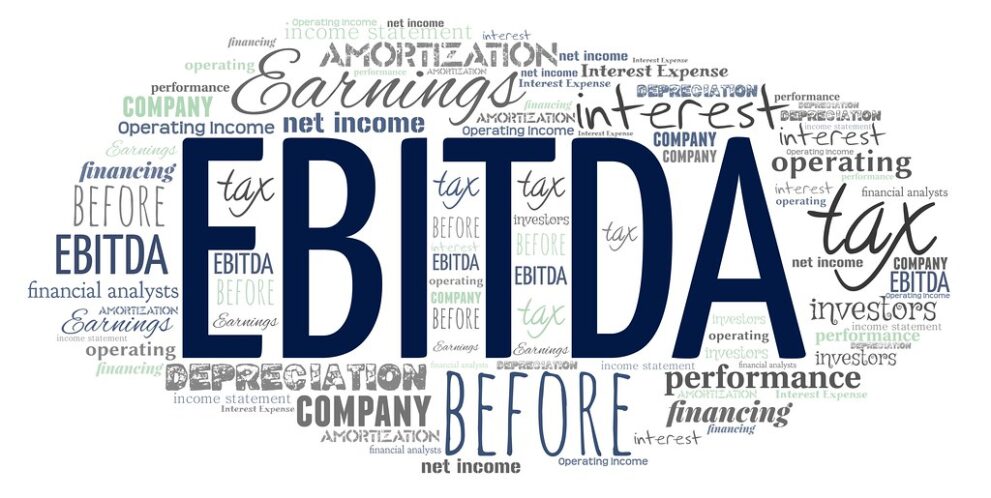
EBITDA stands for “Earnings Before Interest, Taxes, Depreciation, and Amortization.” It is a widely used financial metric that provides an indication of a company’s profitability and financial performance. EBITDA is often used by investors, analysts, and other stakeholders to evaluate and compare the financial health and performance of companies within the same industry.
Here’s a closer look at each component of EBITDA:
- Earnings: This is the net income of the company, representing the total revenue minus total expenses.
- Before Interest: EBITDA does not account for the cost of the debt (interest expenses) a company may have.
- Taxes: It does not consider the tax expenses of the company.
- Depreciation: It does not include the reduction in the value of the tangible assets of the company over time.
- Amortization: It does not include the reduction in the value of intangible assets (like patents and trademarks) over time.
By excluding interest, taxes, depreciation, and amortization, EBITDA presents a clearer picture of a company’s operating profitability. It’s a useful tool for analyzing and comparing profitability between companies and industries because it eliminates the effects of financing and accounting decisions.
However, it’s important to note that EBITDA does not provide a complete picture of a company’s financial performance, as it does not account for certain key expenses like interest and taxes. It should be used alongside other financial metrics for a more comprehensive evaluation.
What are some criticisms of EBITDA as a metric?
EBITDA is a commonly used metric in financial analysis, but it is not without its critics. Some of the criticisms and limitations of using EBITDA include:
1. Ignores Capital Expenditure:
- EBITDA does not account for capital expenditure (CapEx), which is a significant expense for many companies, especially those in capital-intensive industries. This can make companies with high capital expenditure appear more profitable than they actually are.
2. No Accounting for Debt:
- EBITDA excludes interest expenses, which means it doesn’t consider the cost of debt. Companies with significant debt may appear more profitable when using the EBITDA metric, even if interest expenses are consuming a large portion of their income.
3. Excludes Depreciation and Amortization:
- By ignoring depreciation and amortization, EBITDA overlooks the periodic costs of assets used in the business. This exclusion can be misleading, especially for companies that have substantial fixed assets and intangible assets.
4. Non-Standard Measure:
- EBITDA is not a Generally Accepted Accounting Principles (GAAP) financial measure, which means companies may calculate it differently. This lack of standardization can make it harder to compare EBITDA across companies.
5. Potential for Manipulation:
- Because it’s not a GAAP metric, companies might manipulate EBITDA to present a more favorable financial picture.
6. Doesn’t Provide a Complete Picture:
- EBITDA provides a view of operating performance, but it does not give a full picture of a company’s overall financial health and cash flows. It should not be used in isolation for financial analysis and decision-making.
7. Not a Measure of Cash Flow:
- Despite being a profitability metric, EBITDA is not a measure of a company’s cash flow. It does not account for changes in working capital and other factors that influence cash flow.
Because of these and other limitations, analysts and investors generally use EBITDA alongside other financial metrics and measures to conduct a more comprehensive analysis of a company’s performance and financial health.



 Share
Share Tweet
Tweet Share
Share




Comment